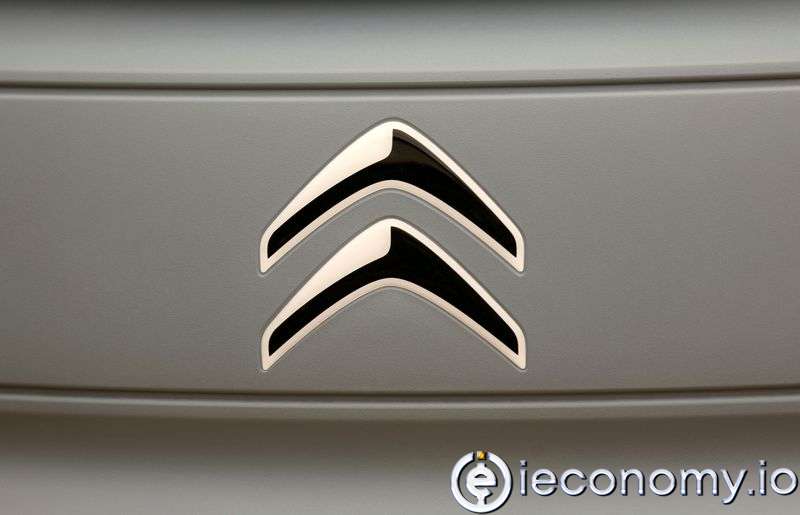10716
0
Citroën invents cardboard car for a world without resources
Imagine a future world in which automakers are forced to resort to replacing the metal in your car's roof and bonnet with cardboard. Citroën

Yazar: Charles Porter
Yayınlanma: 30 Eylül 2022 19:00
Güncellenme: 5 Aralık 2025 17:03
Citroën invents cardboard car for a world without resources
Imagine a future world in which automakers are forced to resort to replacing the metal in your car's roof and bonnet with cardboard. That's what Citroën has done, using cardboard instead of steel for these parts in its new concept car, designed in anticipation of a world without resources...
This is no ordinary cardboard, but a special honeycomb format reinforced on both sides with a plastic coating, strong enough to be printed on without bending. It was developed in partnership with German chemical giant BASF. This, and a vertical windshield designed to reduce the amount of glass needed and save weight, makes the electric Citroën "Oli" concept car look like a futuristic SUV. During the Soviet era, there was a widespread, erroneous urban legend that the Trabant, a small two-stroke motor car produced in the former East Germany, had a body made of reinforced cardboard and that if it rained hard enough you could blow a hole in it. In fact, the Trabant was made of "duroplast", a plastic reinforced with recycled cotton waste from the former Soviet Union. Citroën and BASF, part of Stellantis, the world's number 4 car manufacturer, managed to turn the popular myth into reality. "This is more than just a concept car like you are used to seeing," Anne Laliron, Citroën's director of future products, told Reuters. "It's almost an expression of new lifestyles." Designers at Dacia, Renault's (EPA:RENA) low-cost brand, have also tried their hand at this exercise with the creation of the "Manifesto" concept car. Unveiled in mid-September, the concept car looks like something out of a "Mad Max" movie set in a post-apocalyptic world where oil is more valuable than gold.ROAD MAP
Dacia's off-roader is a bare-bones vehicle that focuses on the basics, including a cork dashboard where you can pin up an old-fashioned paper road map in case there is no signal for GPS navigation. To account for the possible effects of climate change and component shortages, the Citroën Oli weighs under 1 ton (1,000 kg) and cannot exceed 110 kilometers (68 miles) per hour. Wiring harnesses have been removed from the door panels, which have just eight parts versus 35 on average in today's cars - the key lock is back and the dashboard uses information from the driver's cell phone for communication or entertainment. The windows open manually and the vertical windshield - which also reduces the impact of solar radiation inside the car and thus reduces the need for air conditioning - means that a vent had to be fitted above the bonnet to recreate the effect of the windshield on vehicle aerodynamics. Oli is also designed to be recyclable and easy to repair, so it can last at least three generations, or 50 years. "This is an object that will last a long time, that we can repair, always keeping in mind that we use resources to produce it," Laliron said. "So we have to make it last as long as possible." Work on the concept car began in 2019, coinciding with a shortage of raw materials caused by the coronavirus pandemic and the war in Ukraine. "It's clear that what we've been through in the last few years has further strengthened our intuition and ambition," said Laliron. Follow Global Economic Developments on Social Media! Click here to follow Ieconomy official Facebook account! Click here to follow Ieconomy official Instagram account! Click here to follow Ieconomy official Twitter account!İLGİLİ HABERLER





European stocks soared and focus shifted to German retail sales after Powell's speech!

Forex Signal For TRY/USD: Inflation Slowdown in November.

Forex Signal For GBP/USD: Bullish Trend Still Not Breaking While Recovery Continues.

Forex Signal For EUR/USD: Starry US Data Points to Higher Fed Increases.

Forex Signal For BTC/USD: Downside Continues as Bitcoin Recovery Moves Less.
En Popüler Haberler
Yorum Yap
Yorumlar
Henüz yorum yapan yok! İlk yorumu siz yapın...